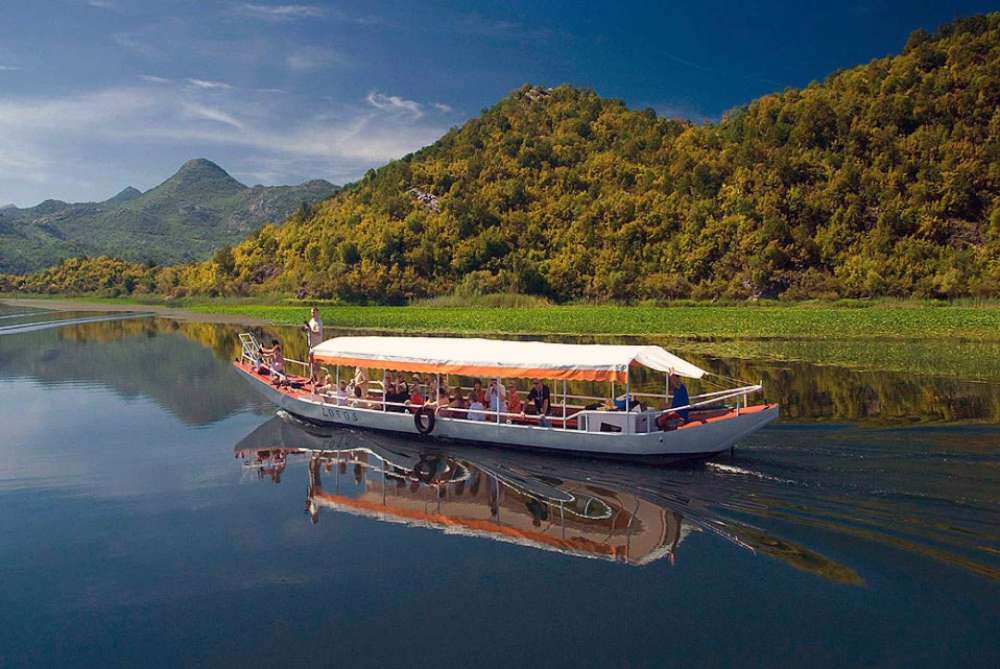


Lake Skadar extends over 391m2 of surface. As such it is the biggest lake in the Balkans. It lies in Zeta-Skadar basin, connected to the Adriatic Sea by the river Bojana, cutting through a range of tall mountains. 2/3 of the lake belongs to the state of Montenegro, while other 1/3 is Albanian.
Montenegrin part of the lake is a National Park since 1983. In the year 1996 at the Ramsar convention it was enlisted in the list of wetlands of international importance. The majority of the mountain lake is below sea level. Many bays, peninsulas and capes, which are covered in wetlands vegetation and a wide belt of thatch, enrich the curvy and jagged banks of the lake.
A small town on the coast named Rijeka Crnojevica is filled with natural beauty and historical heritage. Nearby, you can see the historical remains of the old town of Obod, the seat of the first printing press in this part of Europe where the first book (“Oktoih”) was published in 1494.
Many cultural and historical monuments, archeological sites, monastery complexes and fortresses, are placed in the basin of Lake Skadar. They tell the story that even in 14th and 15th century, this was an important cultural center.
Lake Skadar is an ecological kingdom, an oasis of silence and close contact with pristine nature. Clear water and intact environment have enabled the development of an extremely rich ecosystem. This is the only pelican habitat in the south of Europe. Furthermore, this is the only place in the world where the plant Trupa Longicurpa grows. Lake Skadar is also the habitat of bleak and carp – two fish species, which can be found nowhere else in the world.